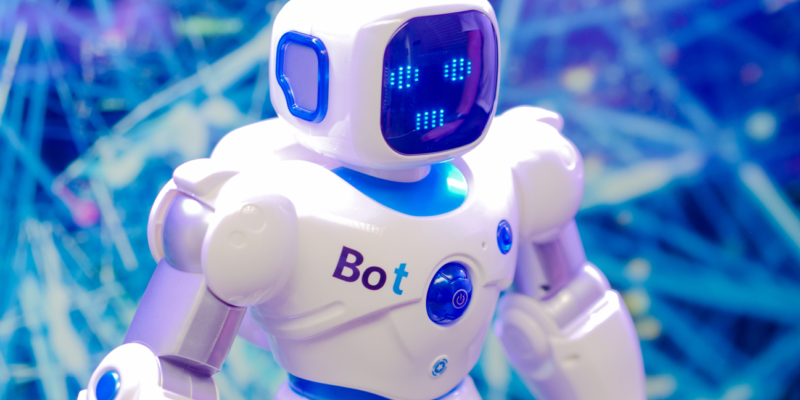Amazon’s Innovation
Amazon broke new ground last month when they introduced the first-ever fully autonomous mobile robot at several of their facilities. The robots, named Proteus, were developed to move heavy, wheeled transports called GoCarts around their fulfillment and sorting centers. Amazon has been working on this technology since 2012 and, according to their company blog, hopes that Proteus will “help reduce the need for people to manually move heavy objects through our facility and instead let them focus on more rewarding work”.
Robots on the Rise
While Proteus is the first robot of its kind that can move around actively working employees, the use of robots in construction, warehouses, and many other sectors isn’t new. In fact, 2021 was a banner year for industrial robot orders, with companies around the country ordering 39,708 units (up 14% from the previous high in 2017). Those numbers are expected to continue to climb, as many industries are using robotics in the face of worker shortages to complete repetitive tasks that their human counterparts don’t want to do.
Robots in Construction
Along with solving labor shortage issues, robotic technology is helping combat the housing crisis. Automation has allowed increased flexibility, productivity, and efficiency in manufacturing, which can clearly be seen in the construction of manufactured homes. Many of the building components for these homes are now built off-site, allowing them to be mass produced. On site, automated welding is making the process faster and completed with fewer errors. In some cases, 3D printers are now used to build both customized building components and the buildings themselves.
As industry standards change and builders are facing increased environmental regulation, robots have the added benefit of making worksites more sustainable. Studies show that up to 25% of materials brought to a jobsite ends up wasted. The use of robotics improves consistency and quality, reducing that waste. With the ever-increasing cost of supplies, this sustainability is good for both the planet and the pocket as it saves companies money, from reduced material costs, and time, from faster operations.
Robots are also making job sites safer. About 108,000 worksite fatalities occur every year worldwide, and construction workers are 4x more likely to have a fatal accident than other industries.
As shown by Amazon’s Proteus, one way robots can help prevent worker injury is by carrying heavy loads. They can also get into spaces that are unsafe for human workers, and can be used for repetitive tasks that commonly lead to worker injuries over time. Industry leaders are hopeful that this increased safety will entice young people to consider careers in construction, as many are hesitant to go into such a dangerous field.
A Robotic Future
Urbanization, climate change, and a shortage of workers have made the integration of robotics into the construction industry essential. In a May 2021 study, 81% of company leaders said they would invest in robotics and other automation within the next 10 years.
At Steadfast Enterprises, LLC, you can be sure that we’ll continue to use the most efficient, up-to-date equipment, and continue our focus on sustainability and quality. Learn more about our technology-forward equipment rental and sales here.

